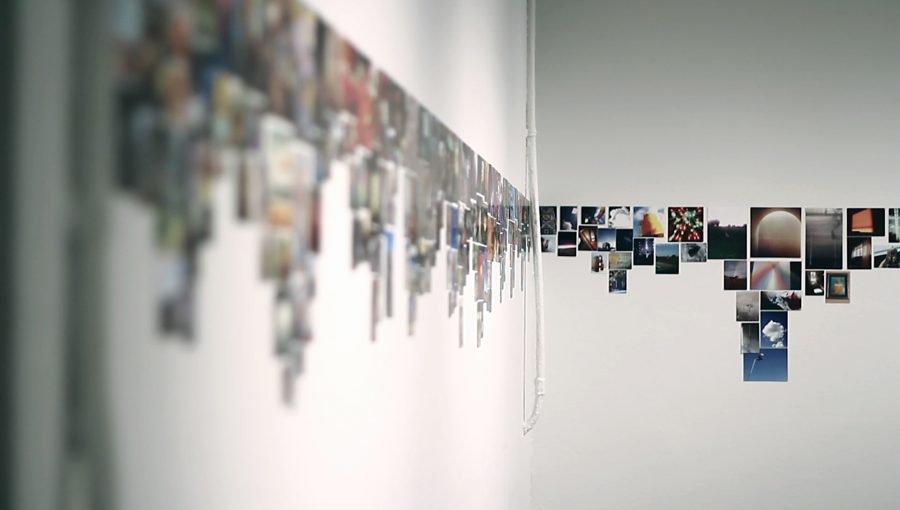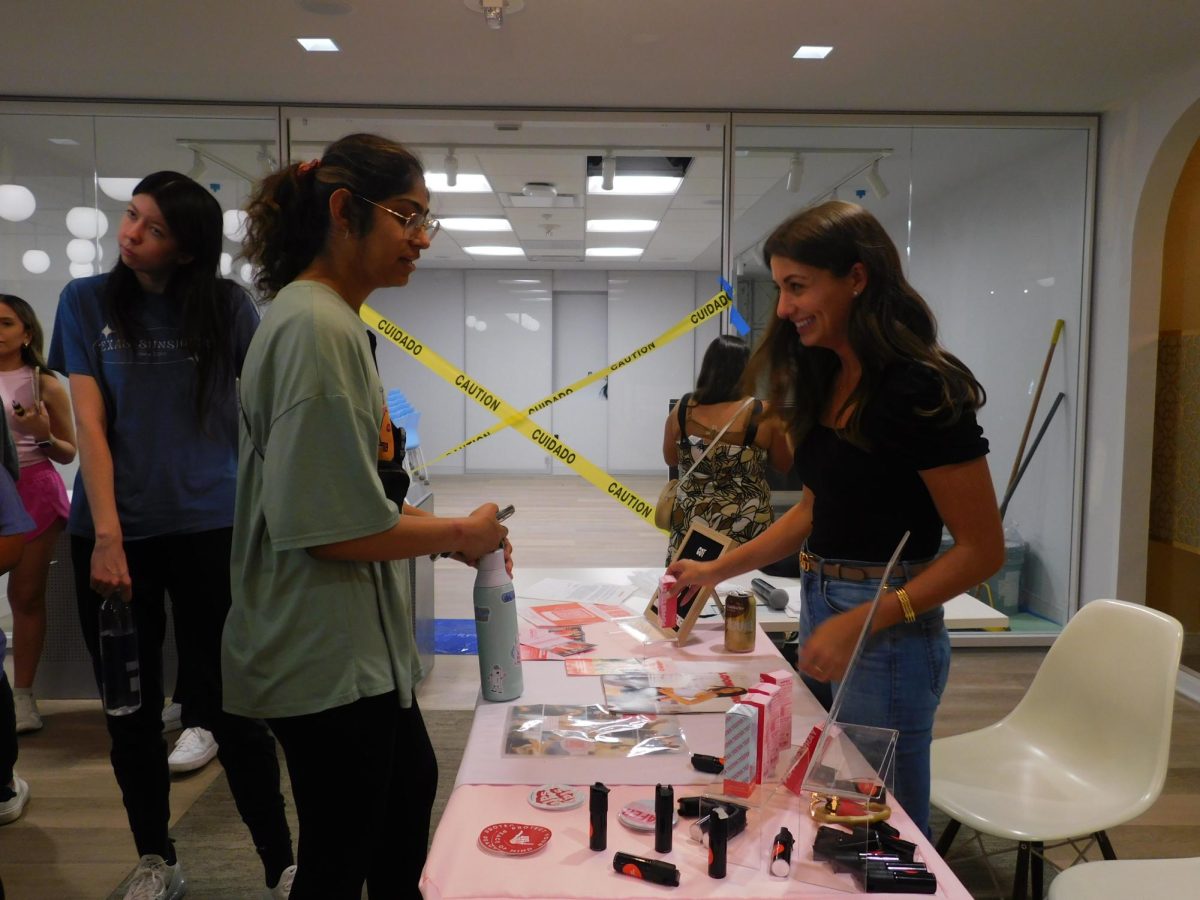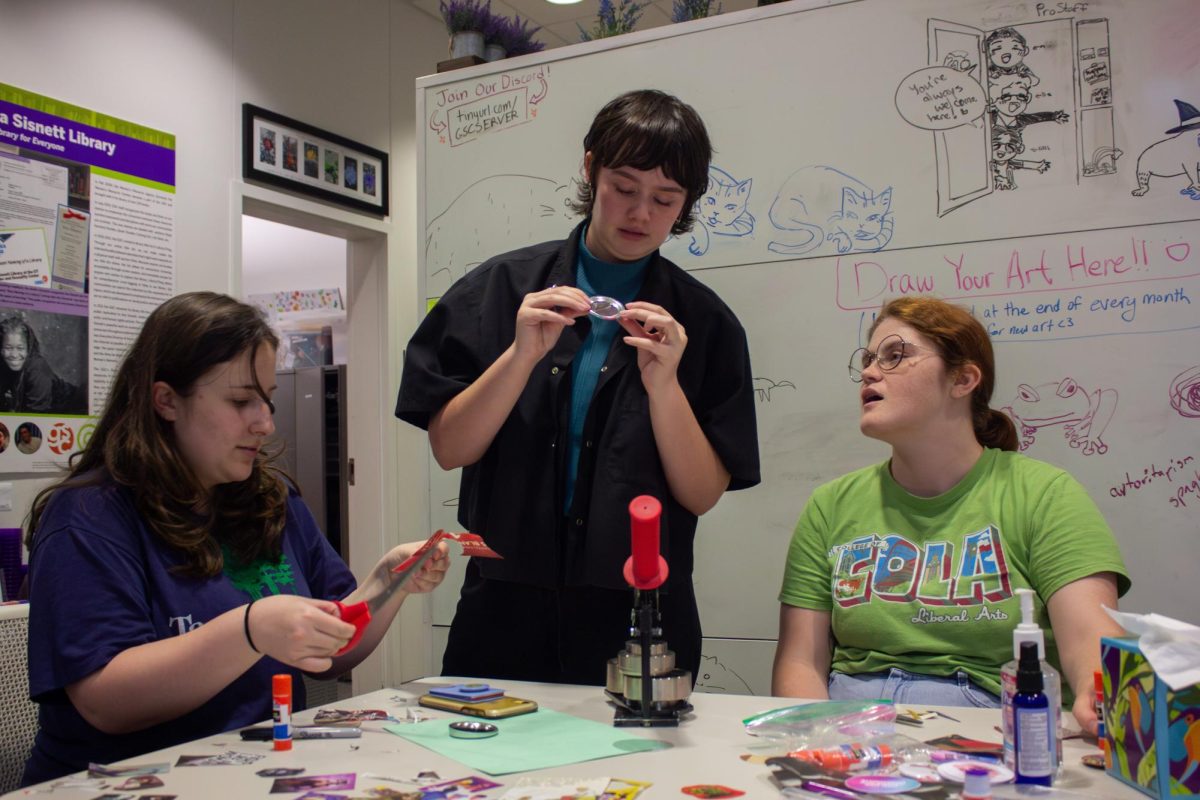Milwaukee-based artist Joseph Reeves is out to prove that anyone actually can be an artist with his current exhibit, “The Cell Phone Photo Gallery,” at Co-Lab Projects in East Austin.
Reeves, a filmmaker, music journalist and studio arts graduate of the Milwaukee Institute of Art and Design, first came up with the idea for “The Cell Phone Photo Gallery” during his senior year of art school, when he constructed a small-scale version. Interested in rejecting the typical, stuck-up character the art world seems to project, he set out to assemble a community-wide project to which everyone could contribute.
“The Cell Phone Photo Gallery” amounts to a gallery space transformed by several hundred community-submitted cell phone photos that reveal an enormous collection of digital memories from people all over Austin.
“Organizing a community-wide art project really takes away the ego you find so readily in art sometimes,” Reeves said. “By engaging a typically non-art audience, it opens up the dialogue about what art really means.”
Reeves explained that because cameras have become so readily accessible on phones, the cell phone photograph tends to be dismissed artistically as inferior to “real” photography.
“The project refutes this notion by organizing large scale, city-specific, cell phone photo exhibitions that call upon the everyday citizen for their own unique interpretation of art, photography and meaning,” Reeves said.
In a wider context, “The Cell Phone Project” aims to document, explore and question the rising sense of sociocultural awareness that is occurring in part from easier access to technology, including the camera phone. An entire generation has almost universal access to a simple and effective tool for documenting their experiences and expressing their thoughts at any given moment.
Reeves explained that he does not mean to support or challenge the debatable worth of this technological shift, as much as invite conversation about its implications and artistic value.
“The main idea behind the project is mainly to get people talking about art,” Reeves said. “In my opinion, art doesn’t need to fit in any specific box. It is what you make of it.”
To spread the word about the project, Reeves used a variety of tactics to spark interest and to get people to submit. The massive collection of cell phone photos was gathered through direct, alternative and above all, creative submission strategies. Such strategies included handwritten letters left on car windows, notes in plastic eggs scattered around Zilker Park and of course, through social media.
The assortment of photos Reeves received was eclectic, ranging from classic scenery to the unbelievably awkward.
“Despite how different each photo I received was, every one made me think, ‘What’s the story here?’” Reeves said. “Seeing a snapshot into someone’s life just offers you a whole new perspective on people in general.”
When choosing a location to exhibit the project, Reeves noted that he immediately thought that Austin would be the perfect place to do so, citing a technologically savvy and receptive audience, and a certain regional color he has yet to find elsewhere.
“Seeing people get excited about finding their photos among the masses was definitely the best part of it all,” Reeves said. “It proved that this is Austin’s project, not just my own.”















